Marvel at the world's biggest castles
Grand castles around the world
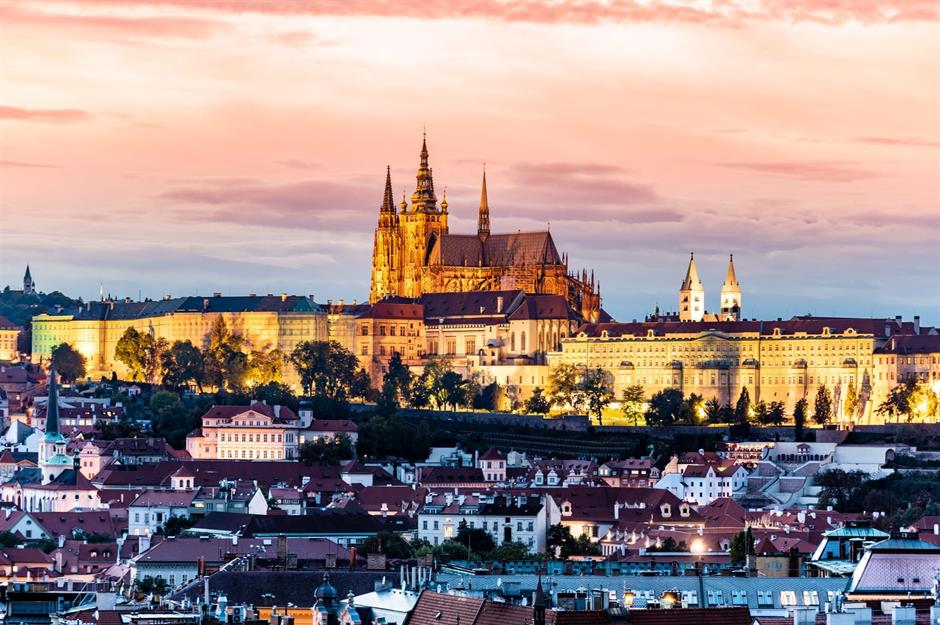
Frederiksborg Castle, Hillerød, Denmark
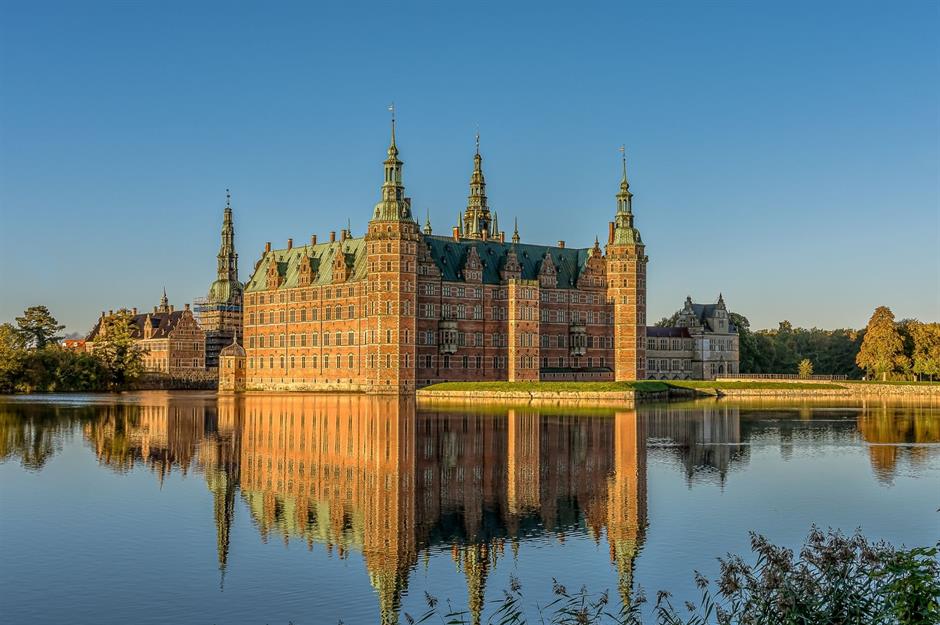
Frederiksborg Castle might be one of the world's largest fortresses, but it's also undoubtedly one of the most beautiful. Soaring up four grand floors, it spans nearly seven acres and straddles three islets around Castle Lake in Hillerød, Denmark. The palace bears all the hallmarks of a lavish royal residence, from its gilded interior to its spectacular landscaped grounds.
Frederiksborg Castle, Hillerød, Denmark
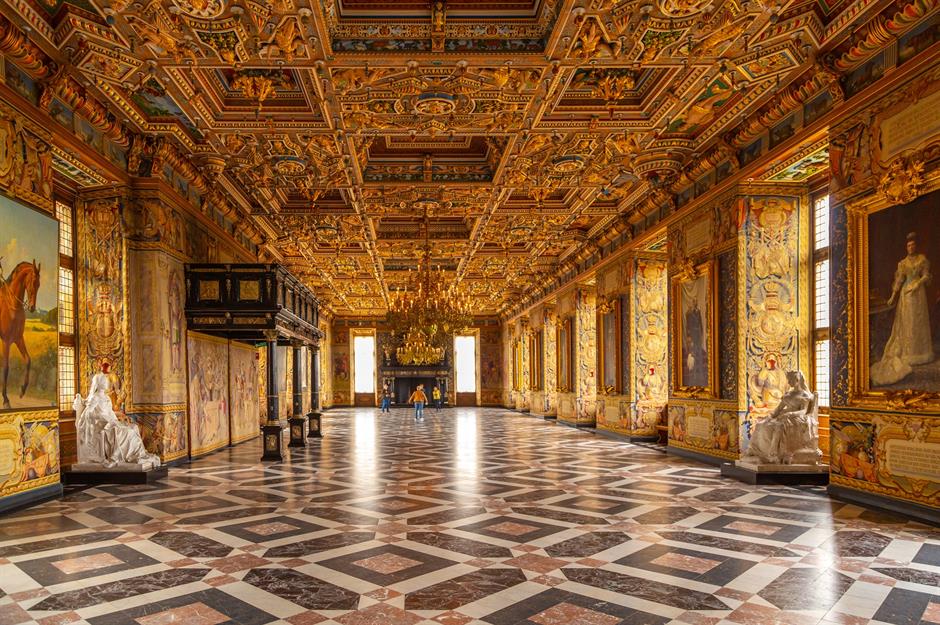
The castle was built between 1600 and 1625 by Christian IV to highlight his power as a European monarch, so not only did the castle need to be big, it also needed to be decked out with luxurious materials and elaborate decorative elements. The project took him 20 years to complete, but he certainly fulfilled his brief. To this day, Frederiksborg Castle remains the largest and most awe-inspiring Renaissance property in all of Scandinavia.
Frederiksborg Castle, Hillerød, Denmark
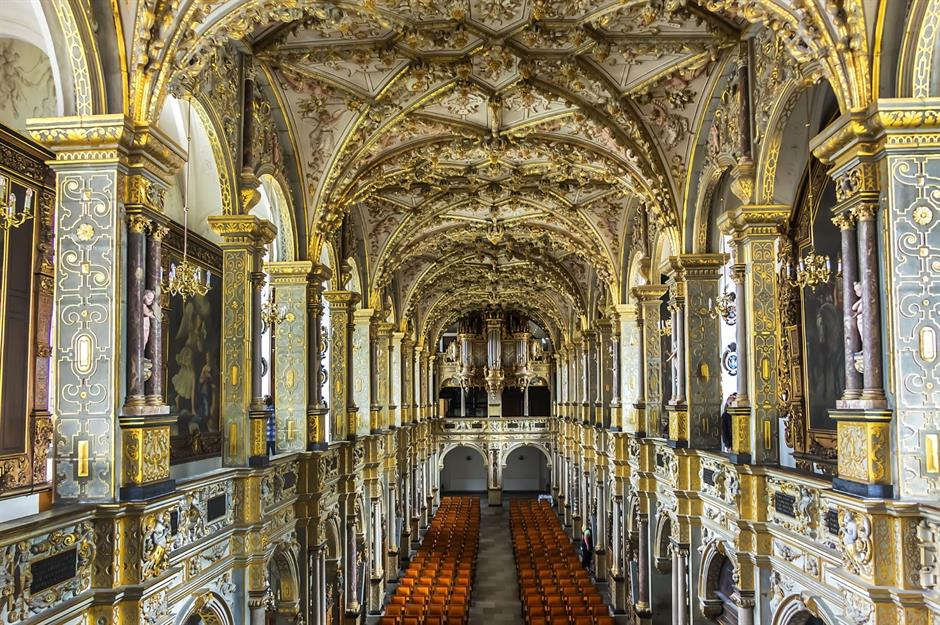
Frederiksborg is said to offer one of the finest original Baroque interiors in Europe. Around the complex visitors will find an otherworldly chapel with an altarpiece of gold and silver and a ceiling of ivory, as well as the Knight's Hall, a remarkable golden corridor that would have served as an imposing entrance for guests. Since 1878 the castle has housed The Museum of National History, showcasing 500 years of Danish history, and its elaborate Baroque gardens, which offer no less than 65,000 box trees, are not to be missed.
Windsor Castle, Windsor, England, UK
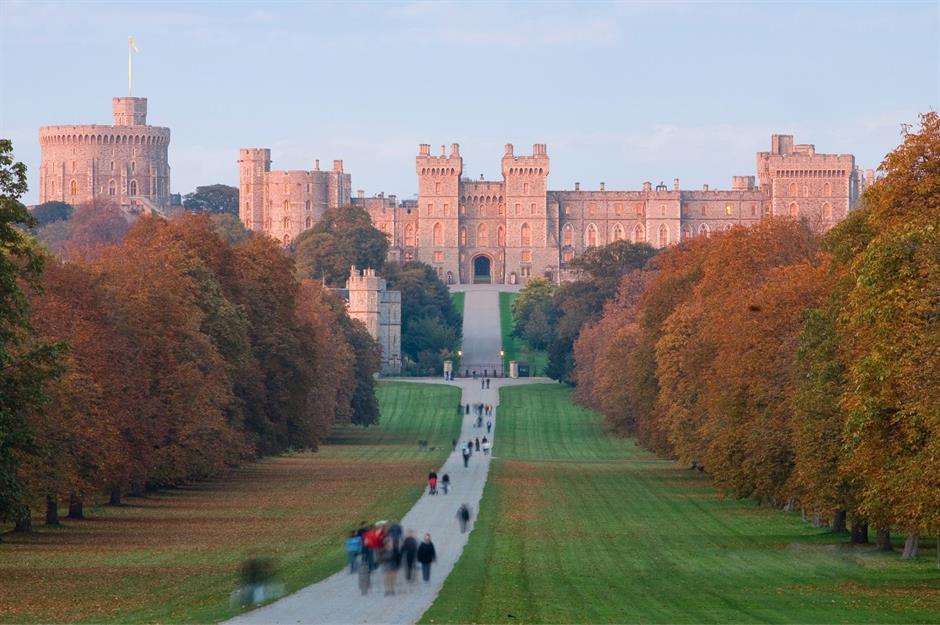
In a class all of its own, Windsor Castle is thought to be the oldest and largest inhabited castle in the world, since Queen Elizabeth II still calls it home. The beautiful building has belonged to the British monarchy for nearly a thousand years and it isn't hard to see why. The castle's sweeping grounds span a staggering 13 acres, while its grand interior is said to offer 484,000 square feet (45,000sqm) of space.
Windsor Castle, Windsor, England, UK
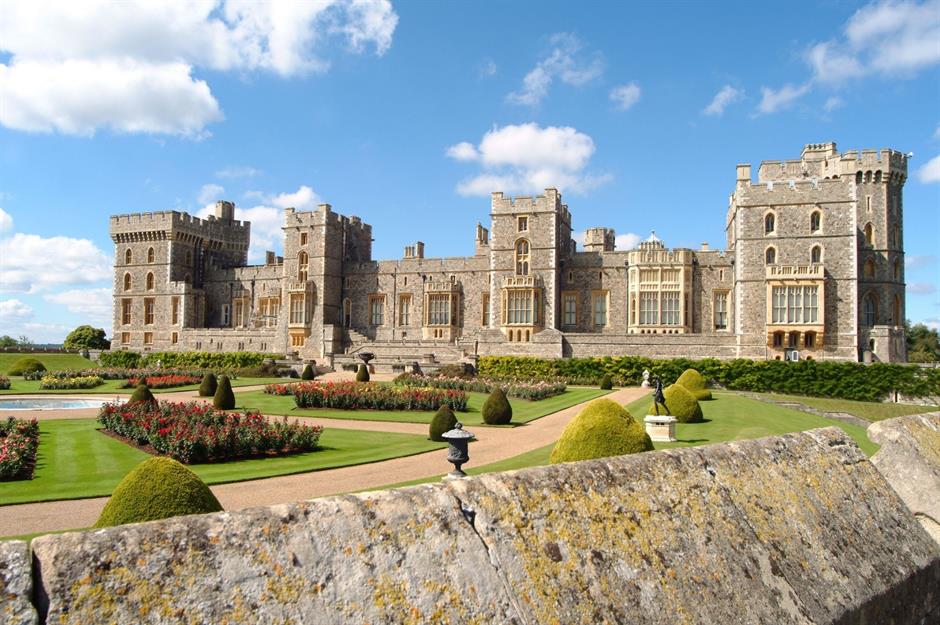
The castle was founded by William the Conqueror in the 11th century and since then it has been home to 40 monarchs, including the Queen, who typically spends most of her weekends at the property. The castle not only boasts gorgeous landscaped grounds, but some of the most important works in the Royal Collection, one of the largest private art collections in the world. Visitors to the castle can take in one-of-a-kind pieces by the likes of Anthony van Dyck, John Riley and Andrea Mantegna.
Windsor Castle, Windsor, England, UK
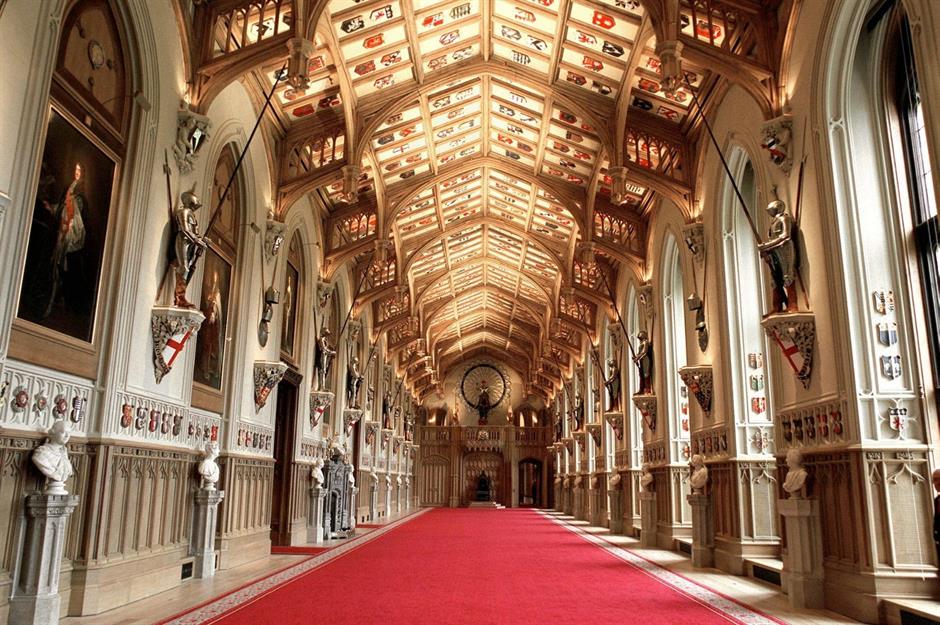
Inside, the monumental property has over a thousand rooms and more than 300 fireplaces. St George’s Hall, pictured here, is the biggest room in the castle. Spanning 182 feet (55.5m), it can seat up to 162 guests for State Banquets. Usually, visitors to the castle are able to walk through this incredible space as well as explore the castle's State Apartments, where gilded ceremonial rooms and exquisite furnishings can be savoured.
Burghausen Castle, Bavaria, Germany
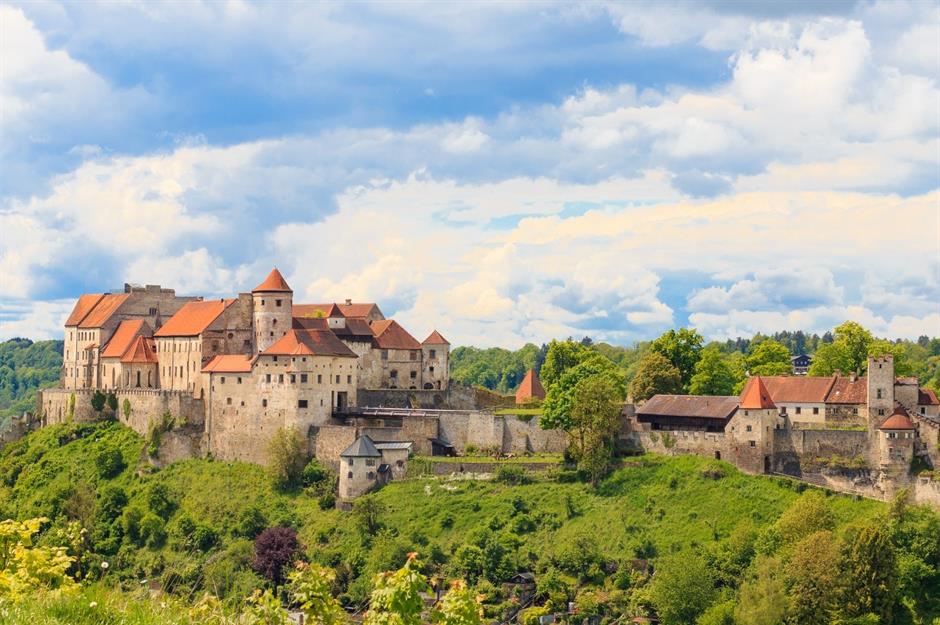
At a length of 3,448 feet (1,051m), Burghausen Castle is said to be the longest fortress in the world, as confirmed by Guinness World Records. Yet its length and formidable size at 14 acres is far from this castle's only admirable feature. Nestled in Bavaria, on the German-Austrian border, this ancient fortification tells the story of over a thousand years of history.
Burghausen Castle, Bavaria, Germany
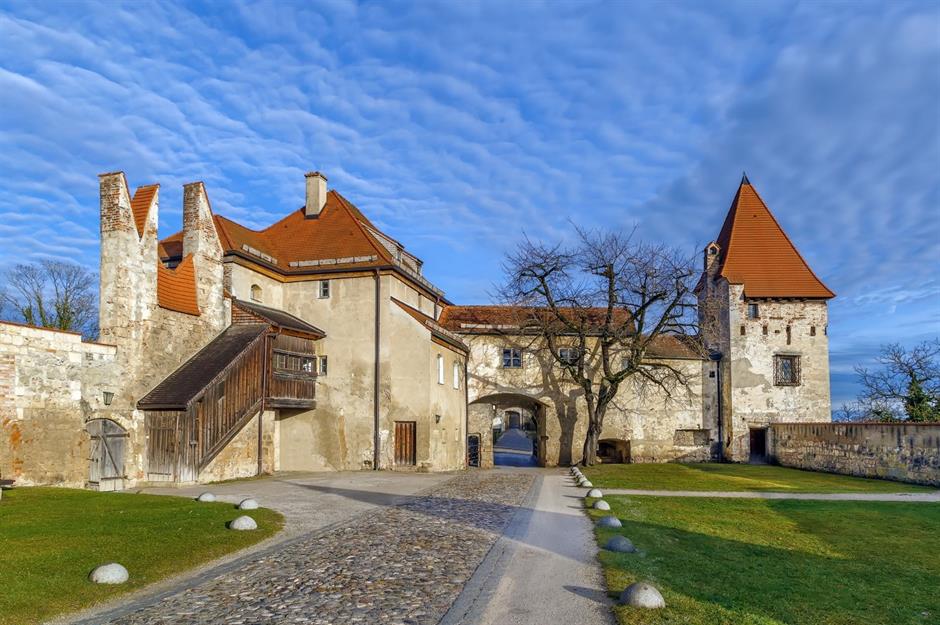
Burghausen Castle's history can be traced all the way back to AD 600 when a fortress stood on this site. The structure we see today was likely built in 1025 and it became home to the royal Wittelsbach family in 1168. Later, the castle was used to defend Bavaria against Turkish invasion and between 1634 and 1641, during the Thirty Years’ War, it was used as a prison for Gustav Horn, who led the Swedish forces to victory in the Battle of Breitenfeld.
Burghausen Castle, Bavaria, Germany
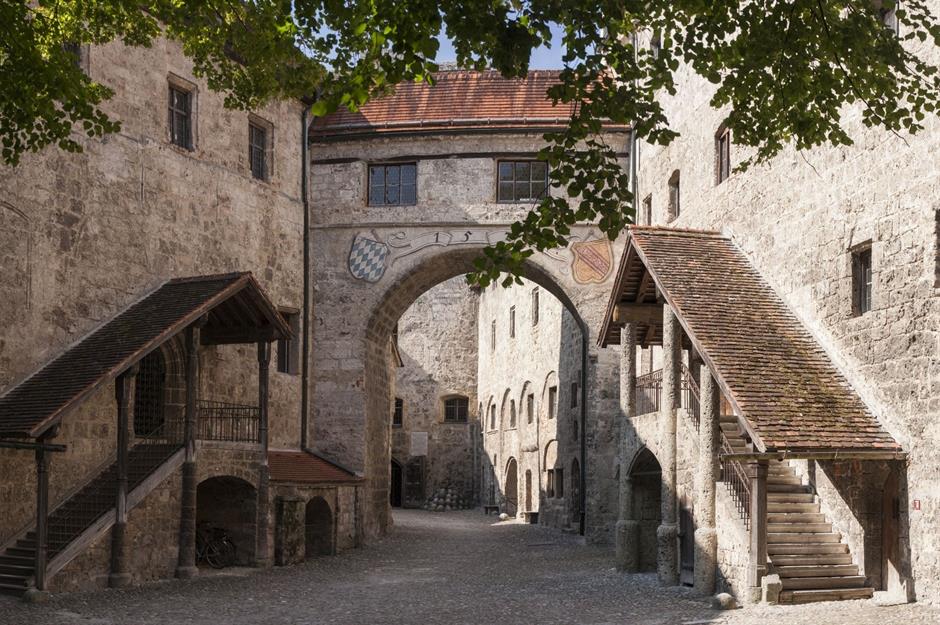
Today, the castle is a popular museum and keen visitors can step inside to witness its towering walls, battlements and towers. In total, the fortress boasts six courtyards, one drawbridge, a moat and a fortified gate. There's even several chapels, a torture tower and a dark dungeon for brave visitors to explore. Regular jousting tournaments are held here and in the run-up to Christmas, a spectacular festive market takes over the castle's grounds.
Prague Castle, Prague, Czech Republic
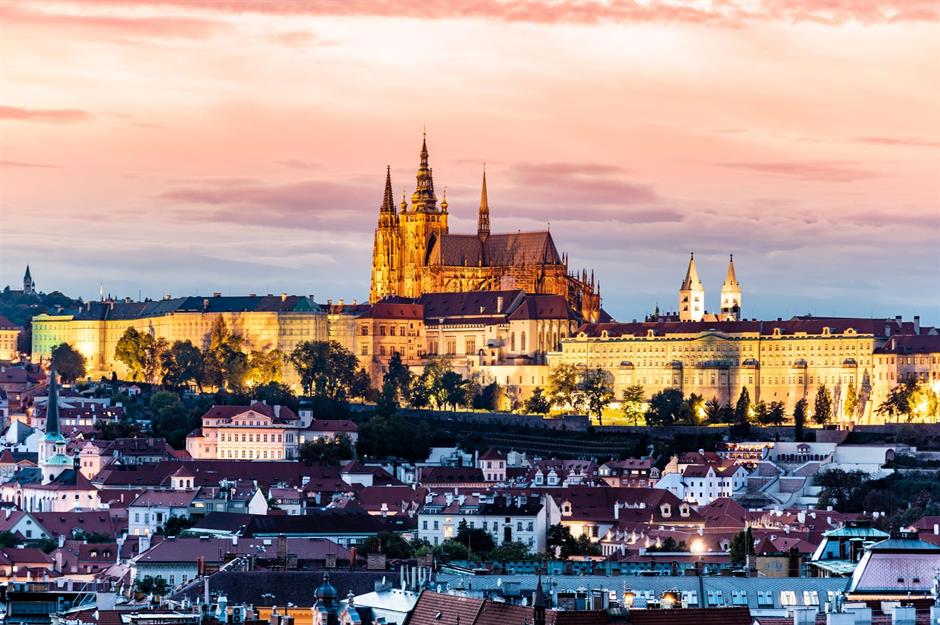
With over a thousand years of history, Prague Castle is one of the world's most spectacular architectural gems. According to Guinness World Records, it's also the largest ancient fortress in the world. The surface area of the castle spans some 18 acres, but its scale is only part of its charm. The unusual polygon-shaped building was finished in the 9th century and occupies a hilltop overlooking the Czech capital.
Prague Castle, Prague, Czech Republic
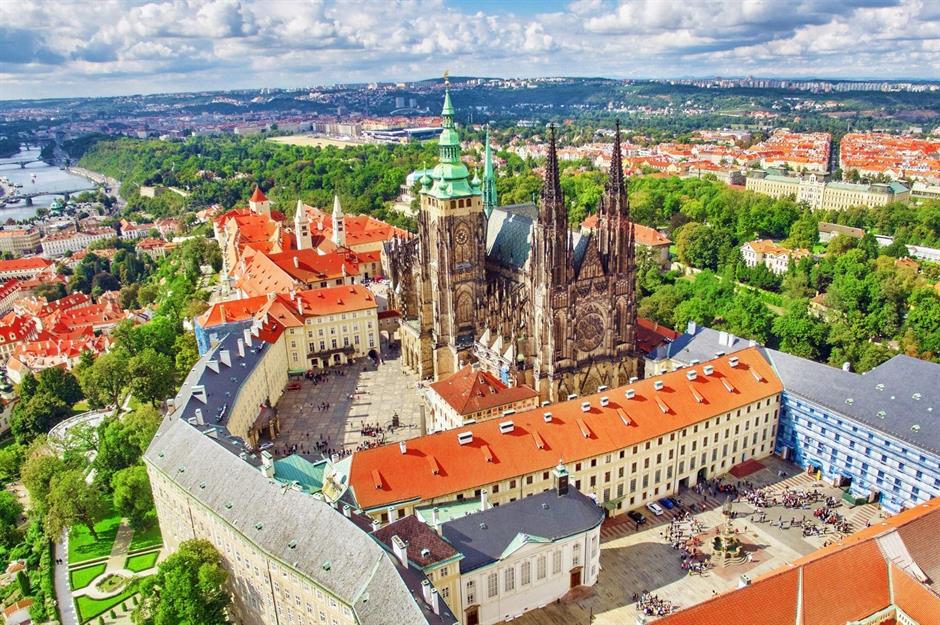
Unlike many European castles, Prague's hillside fortress is far more than turrets and towers. A UNESCO World Heritage Site along with the rest of the Prague Old Town, the castle is formed from various palaces and buildings, including Romanesque-style St George's Basilica that dates back to the 10th century and the St Vitus Cathedral, which lies at the heart of the complex. Keen climbers can make their way up the cathedral's 287 narrow steps to take in unforgettable city views from its Great South Tower.
Prague Castle, Prague, Czech Republic
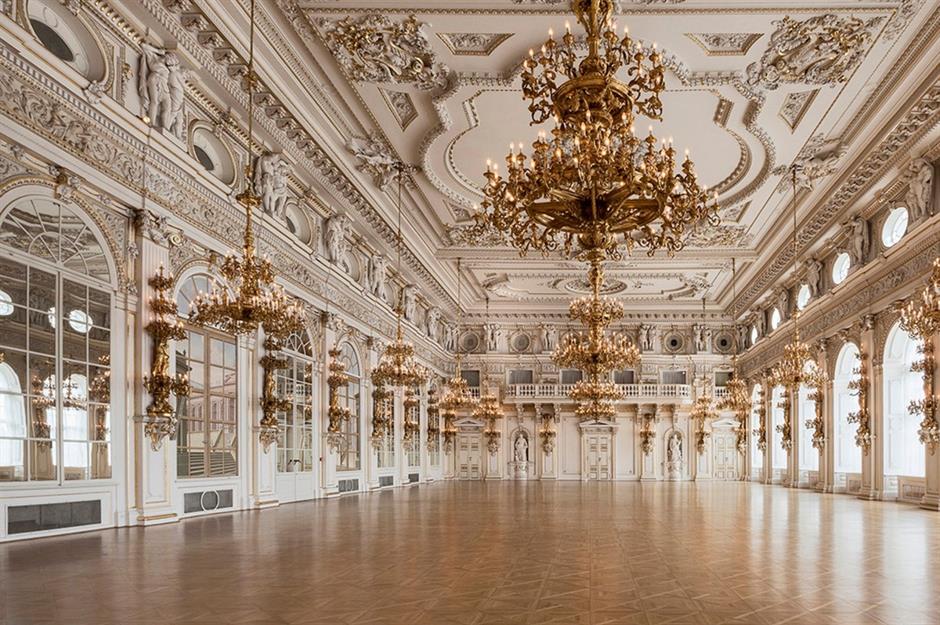
Grand and spectacular in equal measure, there's much to see at Prague Castle. From the gilded Spanish Hall in the New Royal Palace (pictured), to the Renaissance Royal Garden and the Golden Lane, a cobblestone street of idyllic houses where the likes of Franz Kafka once lived, the castle complex is one for history and architecture buffs.
Königstein Fortress, Saxony, Germany
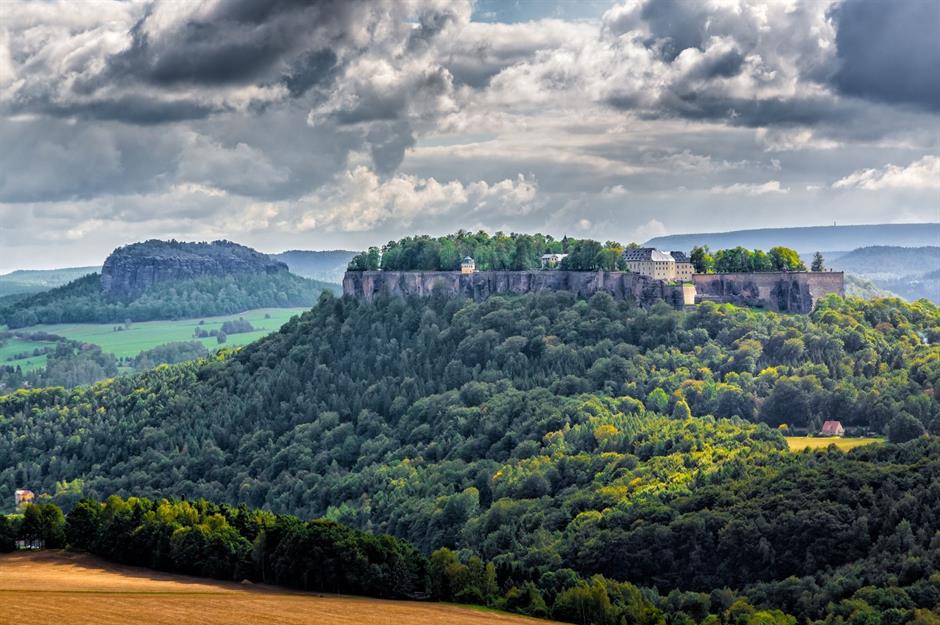
As one of the largest hilltop fortifications in all of Europe, Königstein Fortress is a majestic example of late Gothic, Renaissance and Baroque architecture. The defensive compound can be found in the heart of the Elbe Sandstone Mountains in Saxony and occupies a 23.5-acre plateau that soars 787 feet (240m) above the Elbe River. The oldest structure surviving today, the castle chapel, was built in the 13th century.
Königstein Fortress, Saxony, Germany
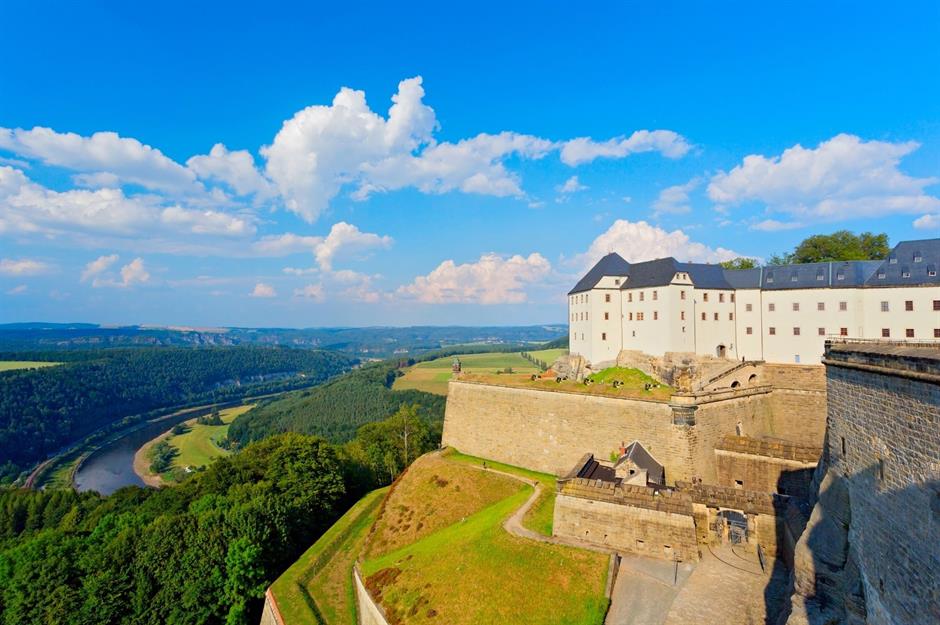
The castle acted as a monastery until the mid-16th century, then in 1588 it began serving as a state prison and the following year Christian I, the Elector of Saxony, converted the grounds into a fortress. The impenetrable compound continued to hold prisoners of war during the coming centuries, including during both the First and Second World War, and its reputation was notorious.
Königstein Fortress, Saxony, Germany
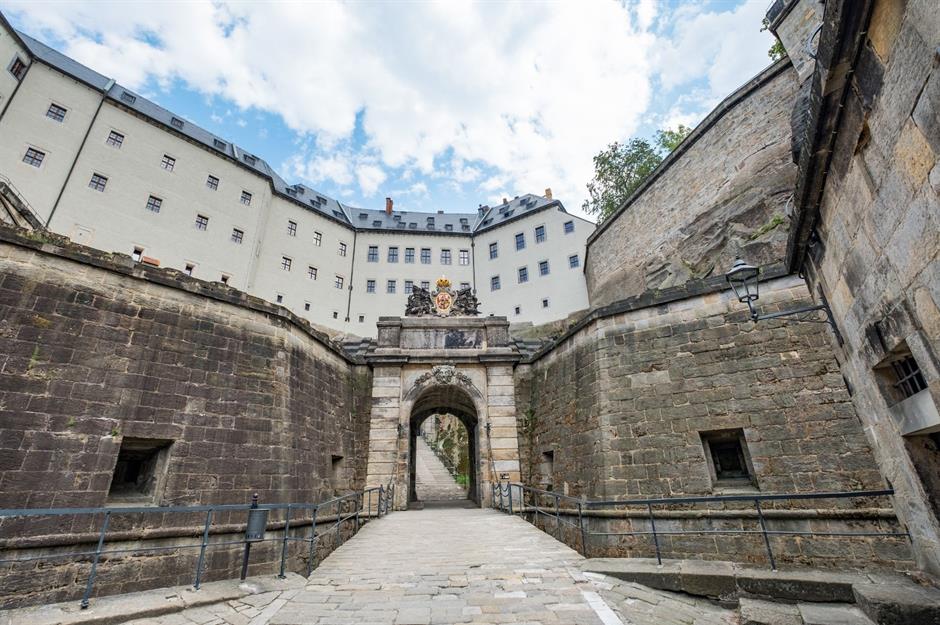
Today, the complex serves as an open-air museum, covering 750 years of German history. The site is home to the country's oldest preserved barracks, as well as the deepest well in Saxony and the first Saxon garrison church. Visitors no longer have to climb steps to access the castle thanks to a panoramic elevator that goes straight to the summit where awe-inspiring views across the surrounding landscape open up.
Alhambra, Granada, Spain
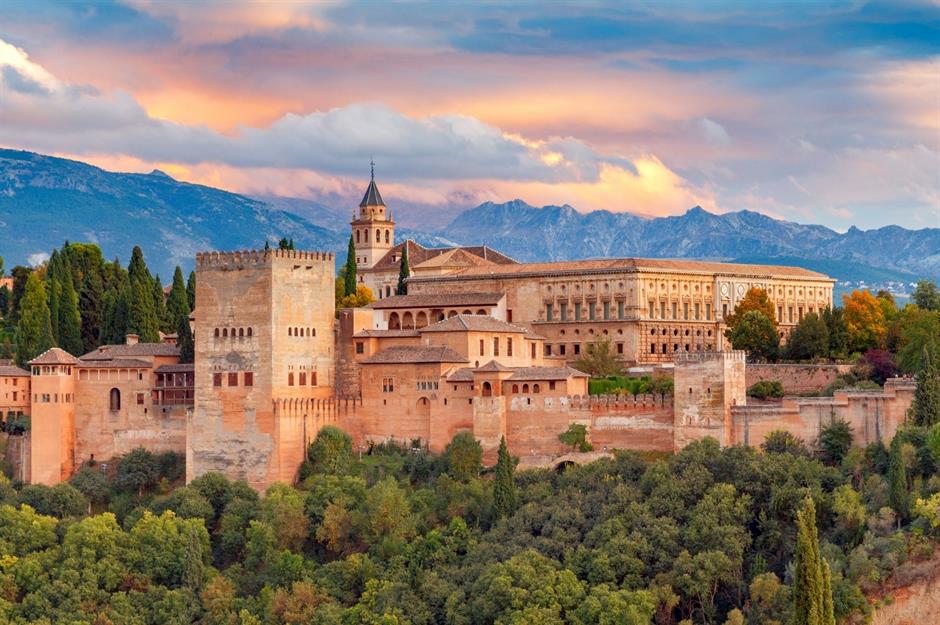
The Alhambra is perhaps Spain's most iconic castle and its beauty is undisputed. The fortress can be found atop a picturesque plot in the foothills of the Sierra Nevada mountain range, overlooking the medieval city of Granada. Like many of the largest castles in the world, the Alhambra is formed by numerous palaces, courtyards and gardens, enclosed by fortified walls. It reportedly spans nearly 26 acres and boasts more than a mile (1.6km) of walls and 30 towers.
Alhambra, Granada, Spain
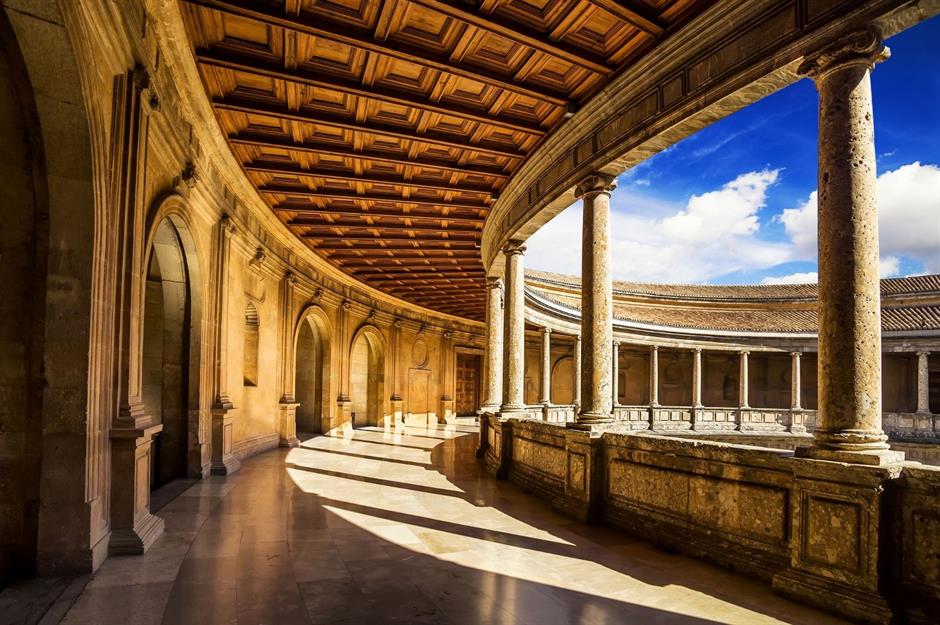
Originally constructed as a military fortress between 1238 and 1358, the Alhambra has also been a monastery and a royal court and residence before it was declared a national monument in 1870. Inside the Alhambra's towering walls lie such incredible structures likes the Golden Room, which was used as the audience chamber, St Mary's Church and King Charles V's summer palace (pictured).
Alhambra, Granada, Spain
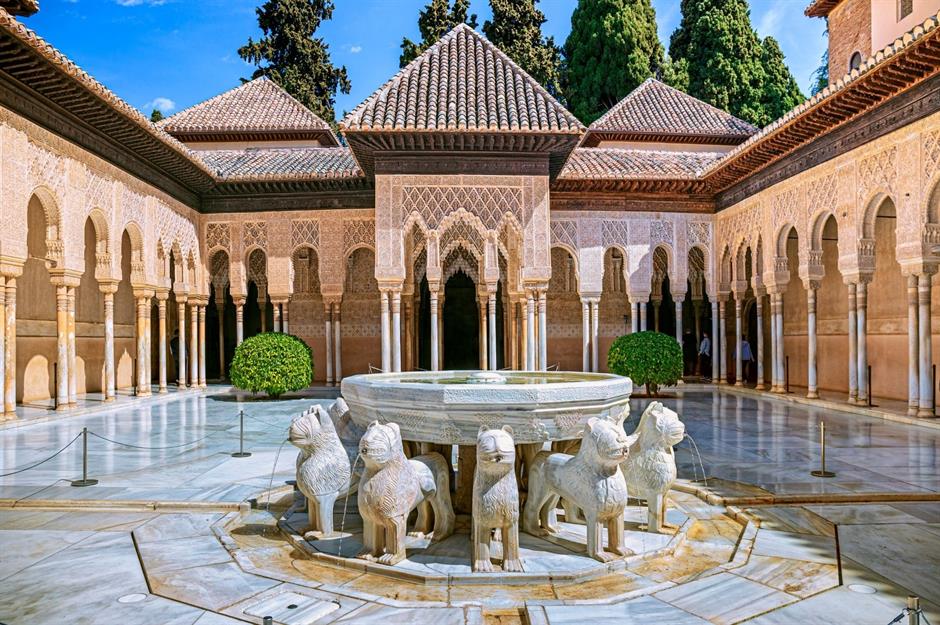
Now a UNESCO World Heritage Site, the building is a spectacular example of Islamic architecture, offering ornate woodwork, ceramics and ancient decorative elements. In fact, the Alhambra contains all the known artistic techniques of the Hispano-Muslim world, making it extremely important from both a religious and architectural point of view. Open to the public, must-see spots include the Patio of the Lions (pictured) and the Hall of the Abencerrajes, with its tremendous stalactite ceiling.
Citadel of Aleppo, Aleppo, Syria
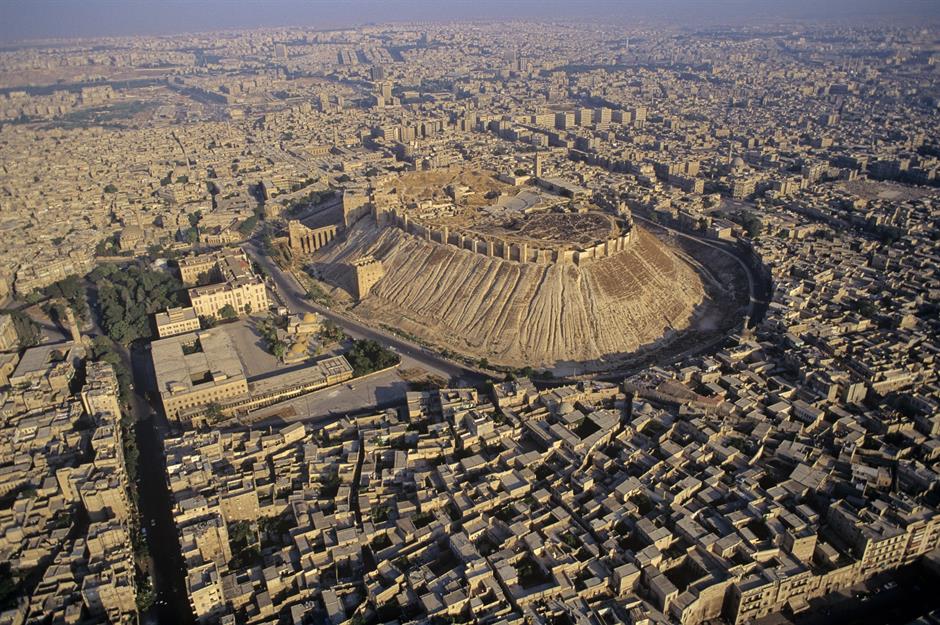
In the heart of this ancient city, you'll find a medieval castle of an unmatched scale. The Citadel of Aleppo is thought to be one of the oldest and largest castles in the world and it stands proud in the very centre of this ancient urban hub. The citadel was built on a natural limestone outcrop that is said to span 36 acres. Most of the structure was erected during the 12th and 13th centuries, but evidence suggests that the site was occupied as early as the 3rd century.
Citadel of Aleppo, Aleppo, Syria
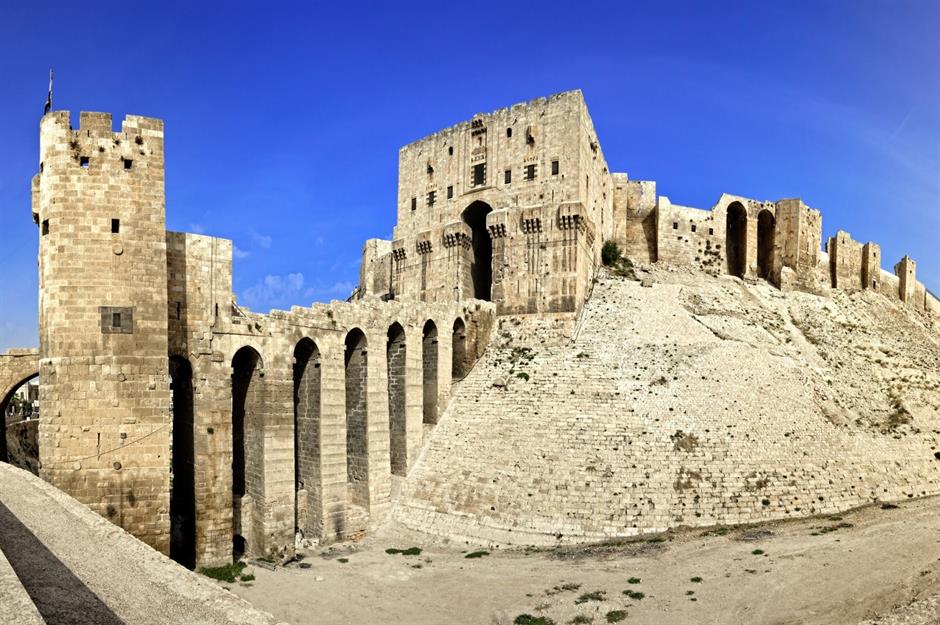
The formidable castle boasts an imposing entry bridge, great gateways and towering defensive walls that scale its perimeter. Inside, the citadel houses age-old mosques, palaces and bath houses, including a recently discovered Bronze Age neo-Hittite temple dating back more than 5,000 years. The temple is decorated with elaborate reliefs that are integral to Syria's early history.
Citadel of Aleppo, Aleppo, Syria
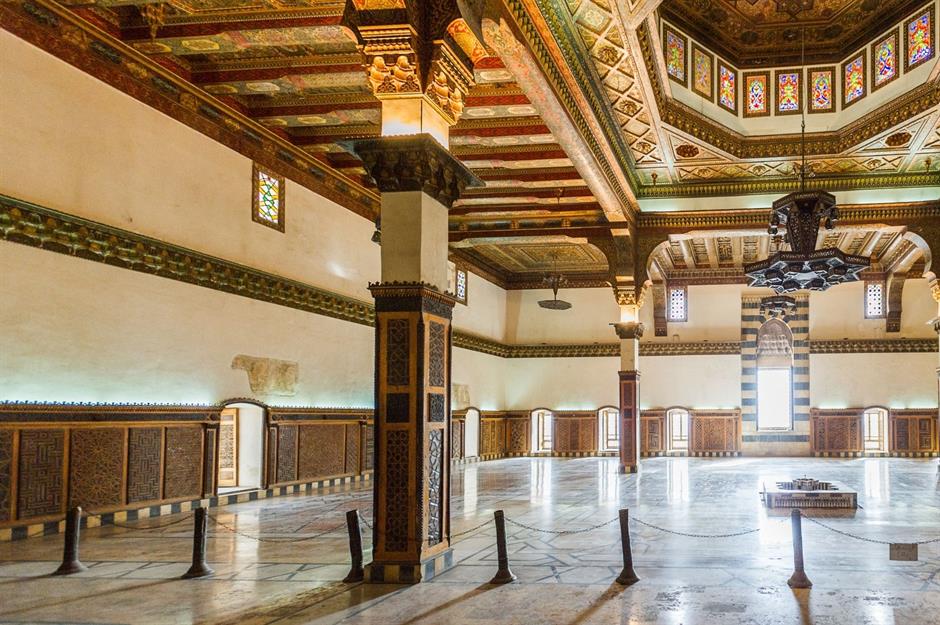
Until conflict erupted, the castle received hundreds of thousands of visitors every year, but following years of war, this ancient marvel is in a state of disrepair. In 2002 the World Monuments Watch stepped in to help protect and preserve this important landmark. The ancient city of Aleppo is also a UNESCO World Heritage Centre.
Discover more of the world's incredible monuments in danger of disappearing
Malbork Castle, Malbork, Poland

Built in the 13th century, Malbork Castle is one of Poland's most imposing pieces of architecture and appears almost untouched since its inception. The sprawling property was constructed by the Teutonic Order, a group of German Catholic crusaders composed of monk knights. The fortified monastery can be found on the banks of the Nogat River and thanks to its beautiful aesthetic it is often described as the finest example of a medieval brick castle found anywhere in the world.
Malbork Castle, Malbork, Poland
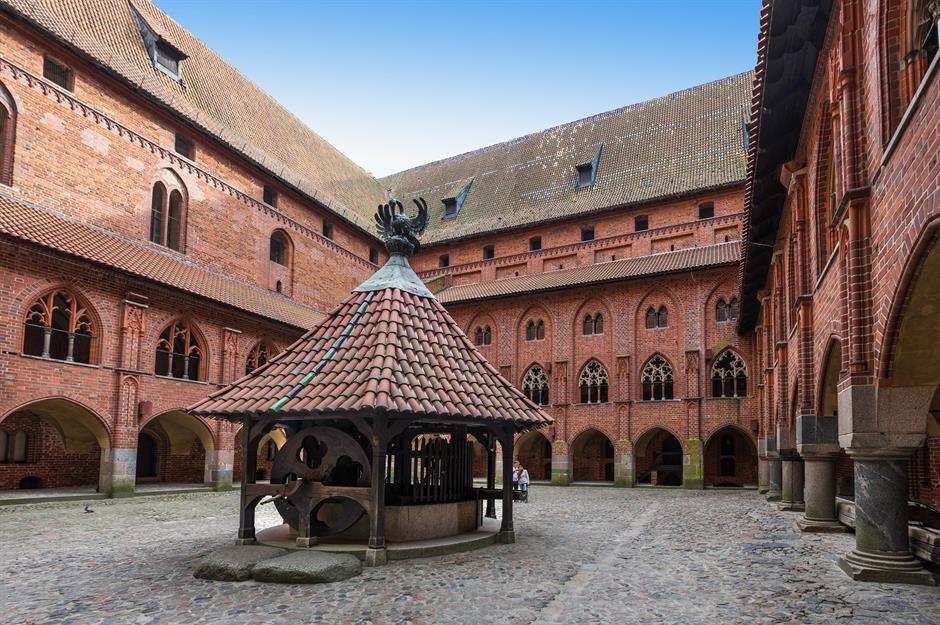
Elaborate and entirely unique, the property reportedly spans 52 acres and is made up of three castles enclosed by formidable defensive walls. Each castle is connected by bridges and gates, and the complex would once have been home to stables, an armoury, workshops and even a brewery. It was declared a UNESCO World Heritage Centre in 1997 and is now considered to be the largest castle in the world by land area.
Malbork Castle, Malbork, Poland
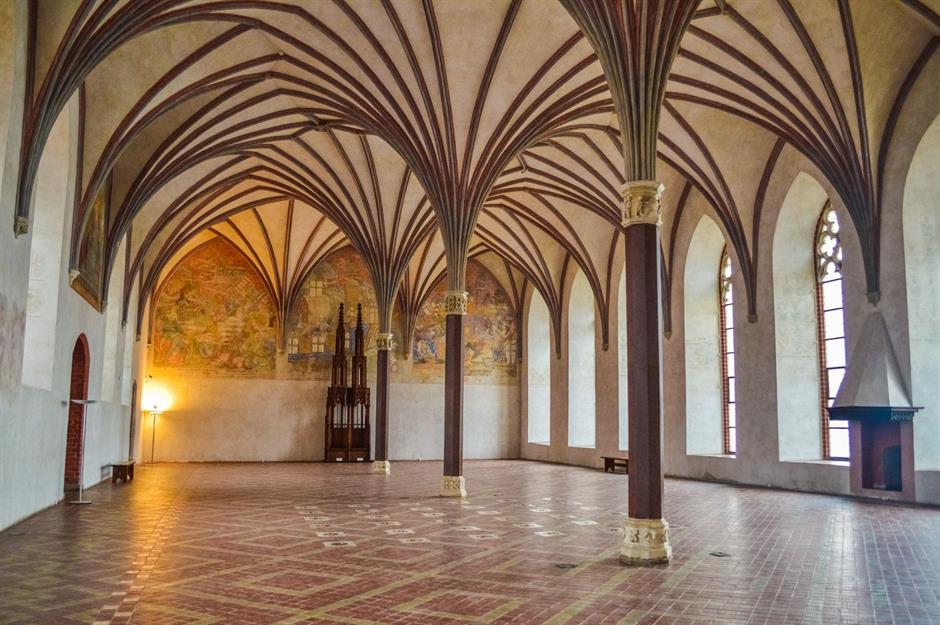
Aside from its size, the spectacular structure is also one of Poland's most historical buildings. In 1457, during the Thirteen Years' War, Malbork was occupied by Polish troops and was later under German control during the Second World War. In fact, high Nazi officials used the castle to host lavish banquets and ceremonies. Today, Malbork is a popular museum, where pseudo-Gothic furniture from the 19th century and one of Europe's largest collections of medieval architectural elements can be seen.
Chittorgarh Fort, Rajasthan, India
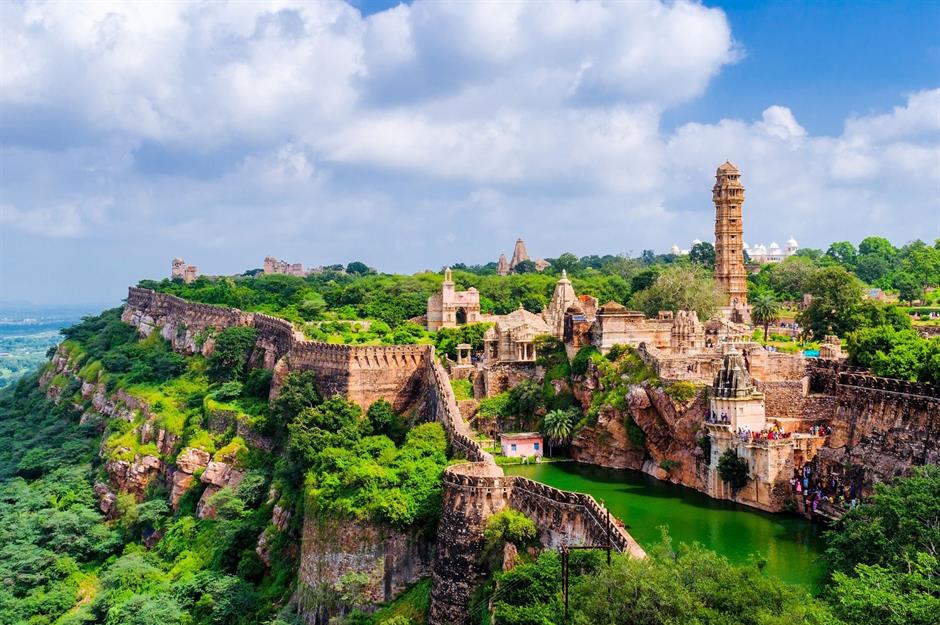
One of the world's most imposing pieces of architecture, Chittorgarh Fort's scale is hard to believe. Spanning an incredible 700 acres, it's perched atop a dramatic hill at 590 feet (180m). Astonishingly, 40% of the fort is made up of bodies of water that can store around seven billion pints (4bn litres) of water. To put it into perspective, an army of 50,000 could survive in the fort for four years without fear of thirst.
Chittorgarh Fort, Rajasthan, India
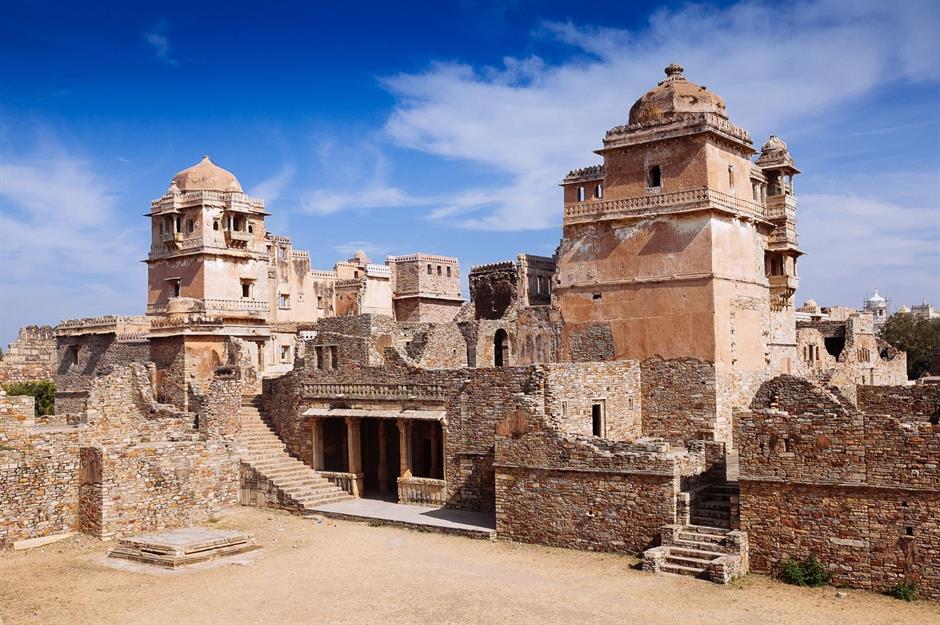
The city of Chittorgarh was once the capital of India's Mewar region and the fort would have acted as a defence against any potential invaders. It was constructed during the 7th century and lies at the end of a long, meandering road. To reach the fort, visitors must pass through seven huge gateways, which are guarded by watch towers and ominous iron-spiked doors. The unique fort was named a UNESCO World Heritage Site in 2013, alongside numerous other fortresses across Rajasthan.
Chittorgarh Fort, Rajasthan, India
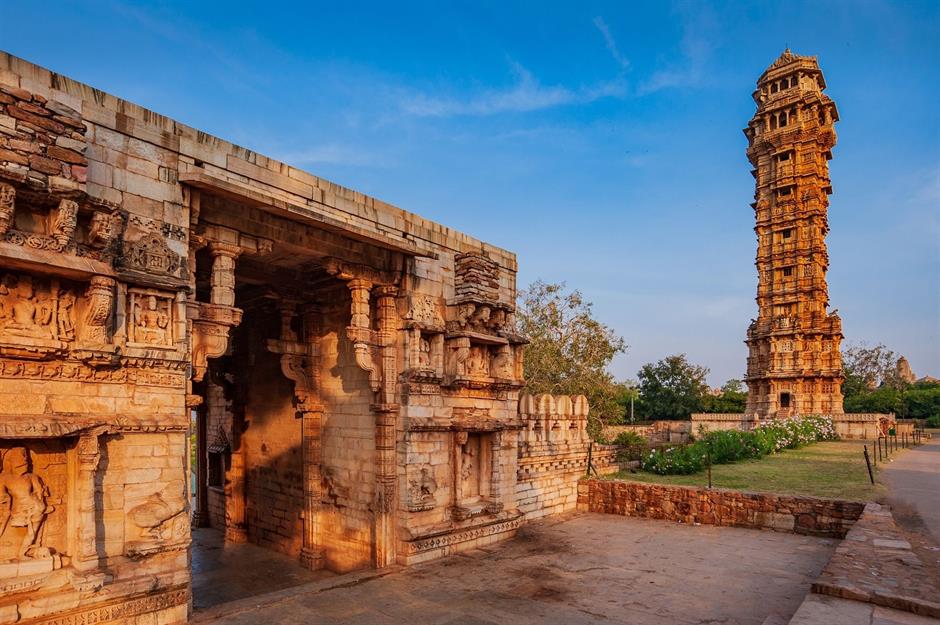
The mesmerising complex, also known as the Water Fort, boasts numerous palaces and temples that help make Chittorgarh a must-visit monument, from the ruins of Rana Kumbha Palace to the Tower of Victory, which was built in the 15th century and offers unforgettable views across the valley below.
Hohensalzburg Fortress, Salzburg, Austria
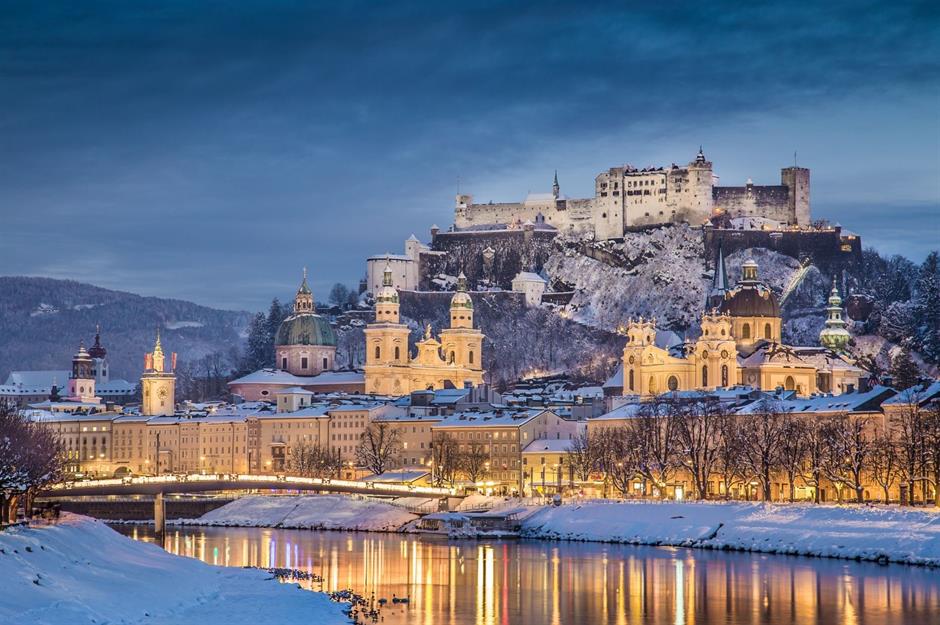
Nestled on a mountaintop in Salzburg, Hohensalzburg Fortress is the largest fully preserved castle in Central Europe. Rising up 394 feet (120m) above the city, the hilltop fort covers an estimated 13 acres and truly defines the skyline of this beautiful Austrian city.
Hohensalzburg Fortress, Salzburg, Austria
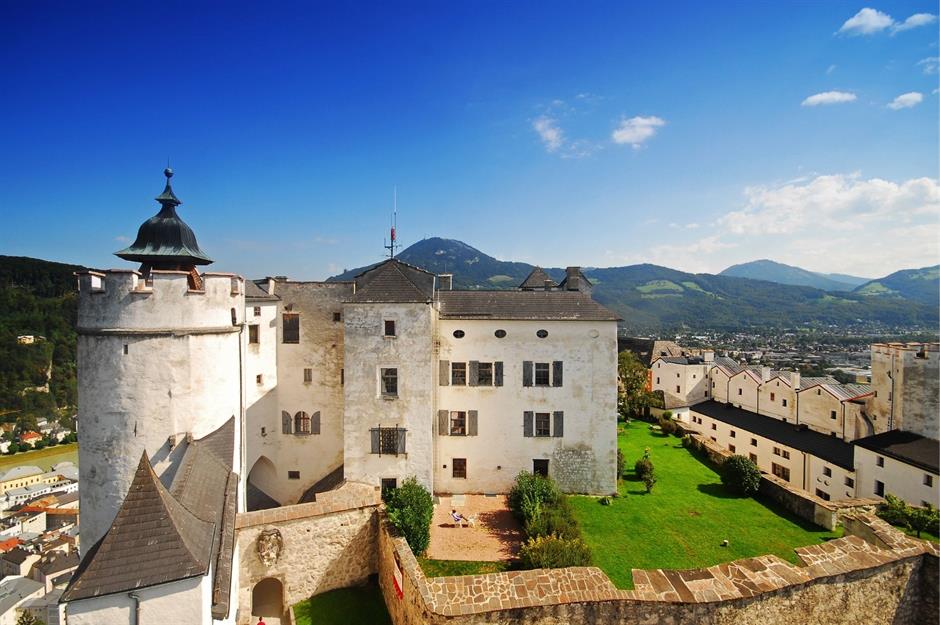
The dominant structure was built in 1077 by Gebhard, Archbishop of Salzburg, in order to protect the region from hostile attacks – and Gebhard did a fantastic job because the castle was never captured by foreign troops. Today, the hilltop compound is a museum and one of Salzburg's most popular tourist attractions. From the top, visitors can soak up a 360-degree view of the city and the Alpine landscape beyond.
Hohensalzburg Fortress, Salzburg, Austria
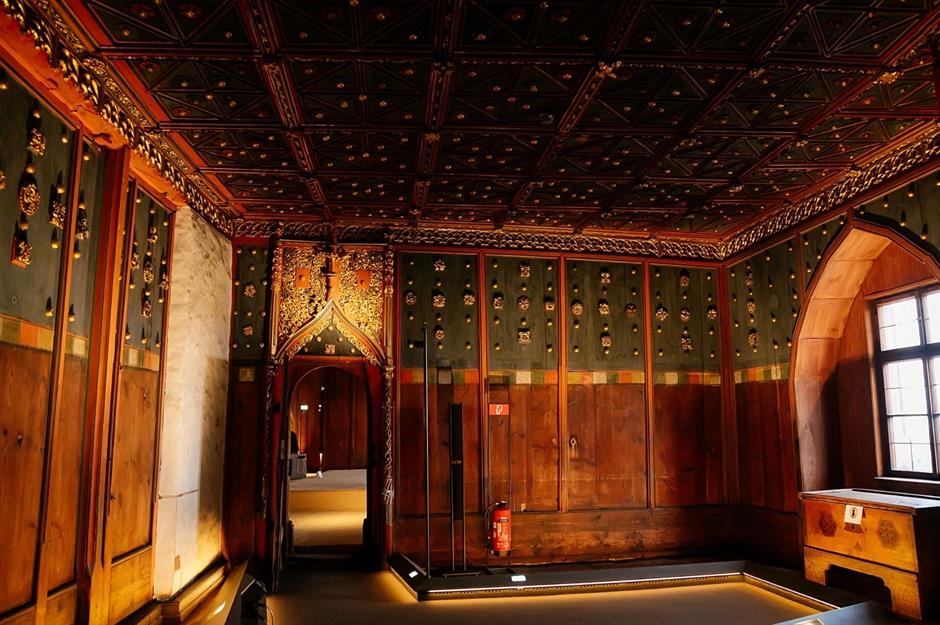
The fort's numerous museums provide rich historical exhibits that take visitors on a journey into the past, while the Princes’ Chambers offer stunning period rooms that have remained unchanged since the early 1500s. Visitors can reach the castle by foot or take the Fortress Funicular to Festungsberg's glorious summit.
Love this? Follow our Facebook page for more travel inspiration
Comments
Be the first to comment
Do you want to comment on this article? You need to be signed in for this feature
Most Popular
Features How Michael Jackson's children boost their bank balances